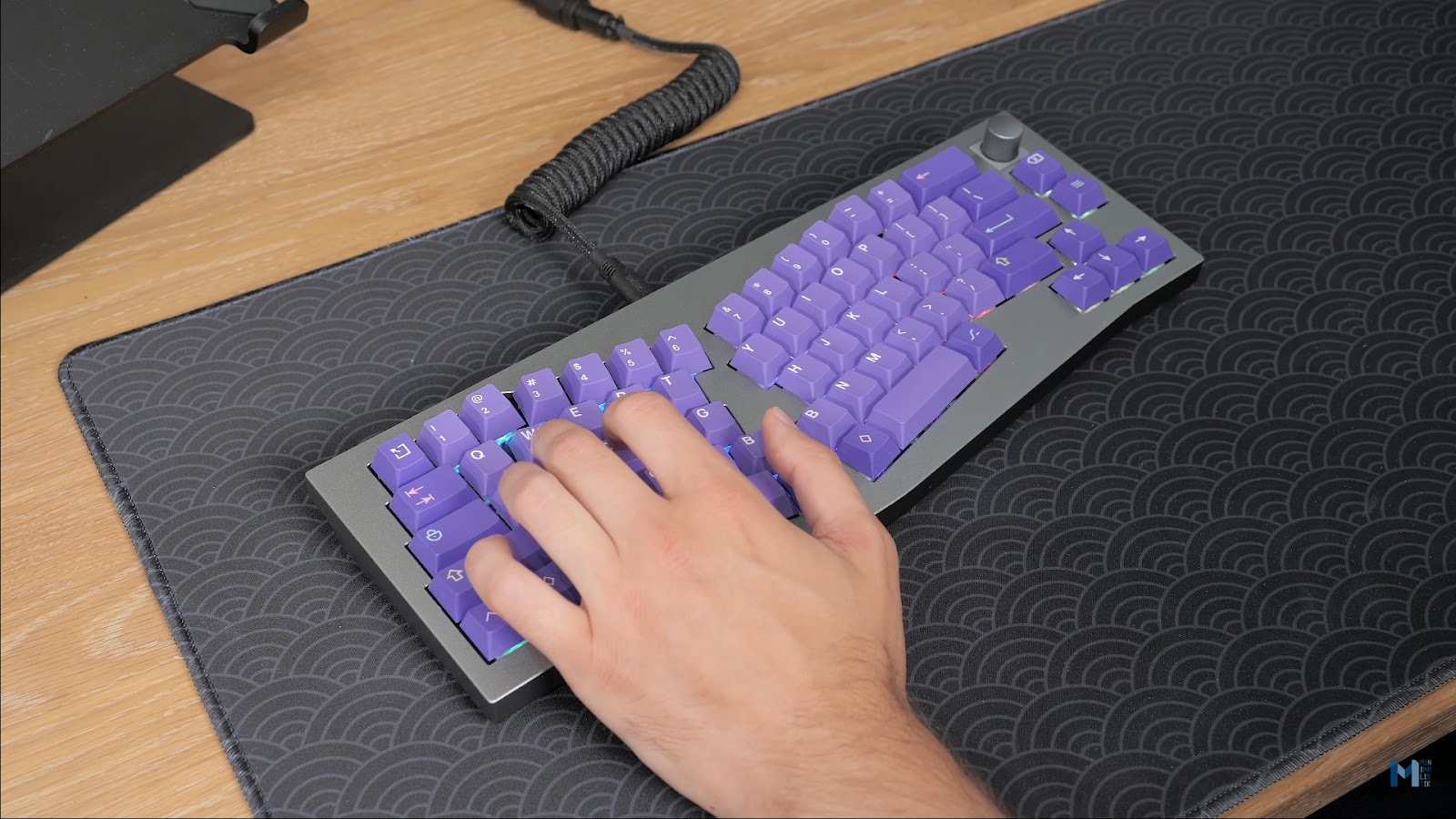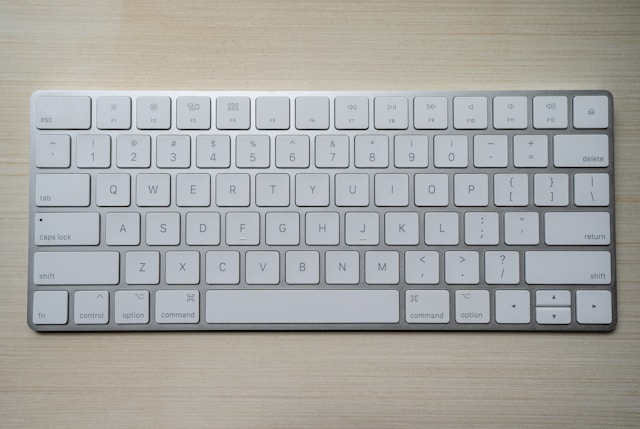Upon initial inspection, the keys on keyboards might appear to follow a universal pattern, yet there exists a hidden truth within the realm of keyboards: the presence of multiple standard layouts! Our journey today leads us to unravel the ISO keyboard layout, a predominant design across Europe and other regions. Prepare yourself as we embark on a voyage to uncover the unique characteristics, functionalities, and the compelling rationale behind the widespread adoption of this layout in specific geographic areas.
Unraveling the Intricacies of the ISO Keyboard Layout
Utilized predominantly across Europe, the ISO (International Organization for Standardization) keyboard layout presents a unique configuration specifically designed to cater to a diverse range of typing needs. It is marked by several distinct features that set it apart from its counterparts, such as the ANSI (American National Standards Institute) layout predominantly used in the United States.
Key Features of the ISO Layout
- Distinctive Enter Key: The ISO layout boasts an inverted L-shaped Enter key — a design that is uniquely European. Its purpose is to accommodate the multiple characters that European languages often require, offering a more efficient typing experience;
- Additional Key: One of the most intriguing aspects of the ISO layout is an extra key located next to the Enter key. This key caters to the unique linguistic demands of European languages, which may require additional, language-specific characters;
- Sizable Left Shift Key: Unlike the ANSI layout, the ISO layout features a considerably larger left Shift key. This design increases typing comfort and efficiency, especially for those who frequently use shortcut sequences.
Understanding these unique features is crucial to mastering the ISO keyboard layout. It’s also important to remember that choosing a keyboard layout largely depends on individual needs and the specific requirements of one’s primary typing language. Therefore, gaining insights into the ISO layout could be beneficial, especially for individuals planning to relocate to Europe or those seeking to optimize their typing skills in European languages.
Uncovering the Benefits and Features of the ISO Keyboard Layout
Language Versatility with the ISO Layout
One of the defining characteristics of the ISO keyboard layout is its versatility in catering to a multitude of languages, particularly those used in European countries. This layout comes with extra keys for special alphabets like ‘ñ’, ‘ç’, and ‘ö’ that are frequently used in these languages. This layout’s linguistic adaptability eliminates the need to alternate between layouts when typing in multiple languages.
Ergonomics: Enhancing User Experience
The ISO layout places a substantial emphasis on user comfort and effective typing. The presence of a larger Enter key and an extended left Shift key collectively contrive to offer a more ergonomic typing experience. The thoughtful placement and size of these keys make them easily accessible, which can significantly reduce the occurrence of typing errors and elevate overall typing speed.
Consistency: The International Standard
True to its name and origin, the ISO keyboard layout complies with the international norms established by the International Organization for Standardization (ISO). This adherence to a globally recognized standard ensures seamless compatibility and uniformity across different brands of keyboards and regions, creating a reliable and consistent user experience.
Accessibility: A User-Friendly Design
The ISO layout is prominently user-centric in its design, especially considering the needs of users with specific accessibility requirements. The larger Enter key is one such design aspect that makes typing easier, facilitating accurate key targeting and lessening the probability of pressing the wrong keys. This user-friendly orientation can make the ISO layout a preferred choice for users seeking an inclusive and accessible typing tool.
Distinguishing the ISO Layout: A Comparative Study with the ANSI Layout
While both ISO and ANSI keyboard layouts serve the fundamental purpose of facilitating efficient typing, they exhibit significant divergences that may affect a user’s typing experience. Recognizing these disparities can aid in determining which layout aligns better with individual typing needs.
Enter Key Design
The ISO layout offers an enlarged enter key designed in an inverted L-shape, improving accuracy when hitting the key. Conversely, the ANSI layout deploys a smaller, longer horizontally oriented enter key that may require more precision during use.
Shift Key – A Study in Ergonomics
In ISO keyboards, the left Shift key is extended, minimizing the risk of mis-hits. In contrast, ANSI keyboards generally feature a two-part Shift key that presents a more segmented approach.
Key Arrangement – Emphasizing Adaptability
Certain keys such as symbols ‘|’, ‘<’, and ‘>’ occupy different positions on ISO and ANSI layouts, necessitating some adaptation for users transitioning between the two layouts.
ISO Layout User Guide: Tips and Strategies for Efficient Use
Familiarization – Building Comfort with Practice
Venturing into new layout territory requires time and patience. Engage in typing exercises to familiarize yourself with the ISO keyboard layout and master the unique key placements.
Higher Degree of Customization
Operating systems often provide an option to modify keyboard layouts to align with user preferences. This customization feature is particularly beneficial for bilingual users frequently switching between languages.
Keyboard Shortcuts – Your Pathway to Enhanced Productivity
Acquaint yourself with the array of keyboard shortcuts available on the ISO layout for boosted productivity. Mastering shortcuts for common operations like copy, paste, or toggling between applications can save valuable time.
Customization and Compatibility of Keycap
If you’re planning to personalize your keyboard with unique keycaps, consider their compatibility with the ISO layout. Properly fitted keycaps not only maintain aesthetic consistency but also ensure seamless typing performance.
Conclusion
The ISO keyboard configuration provides a uniform typing interface widely used across Europe and various global regions. Although it presents slight variations from the ANSI layout, individuals accustomed to either setup can usually adjust swiftly. Especially for those who frequently utilize accented characters in their typing, the Alt Gr key on the ISO layout proves exceptionally handy. Ultimately, determining the ideal keyboard layout hinges on individual inclinations and typing behaviors. It’s advisable to assess your requirements and experiment with both configurations whenever feasible to determine which one offers the most ergonomic and intuitive experience for you.



